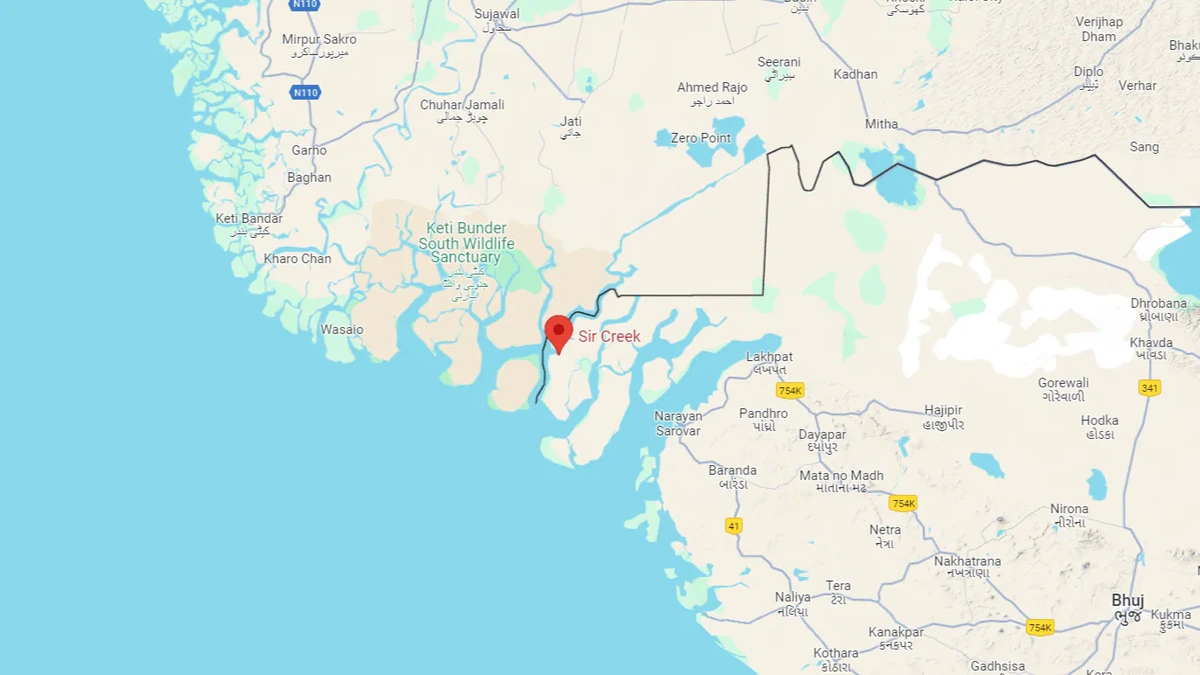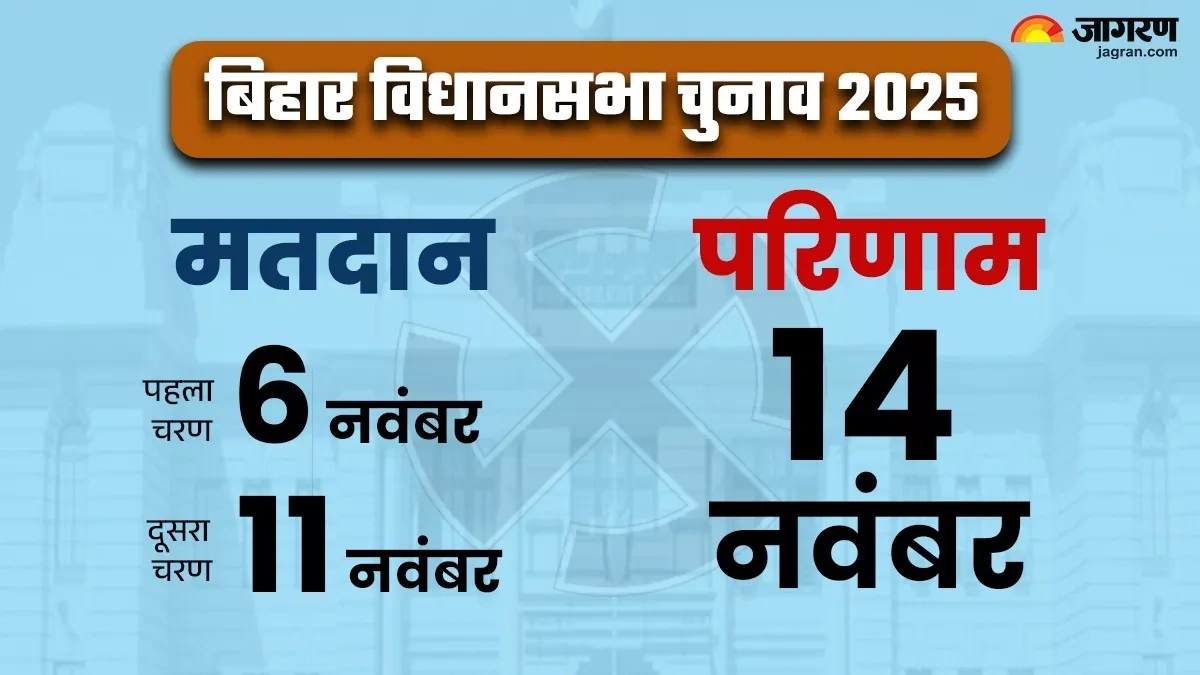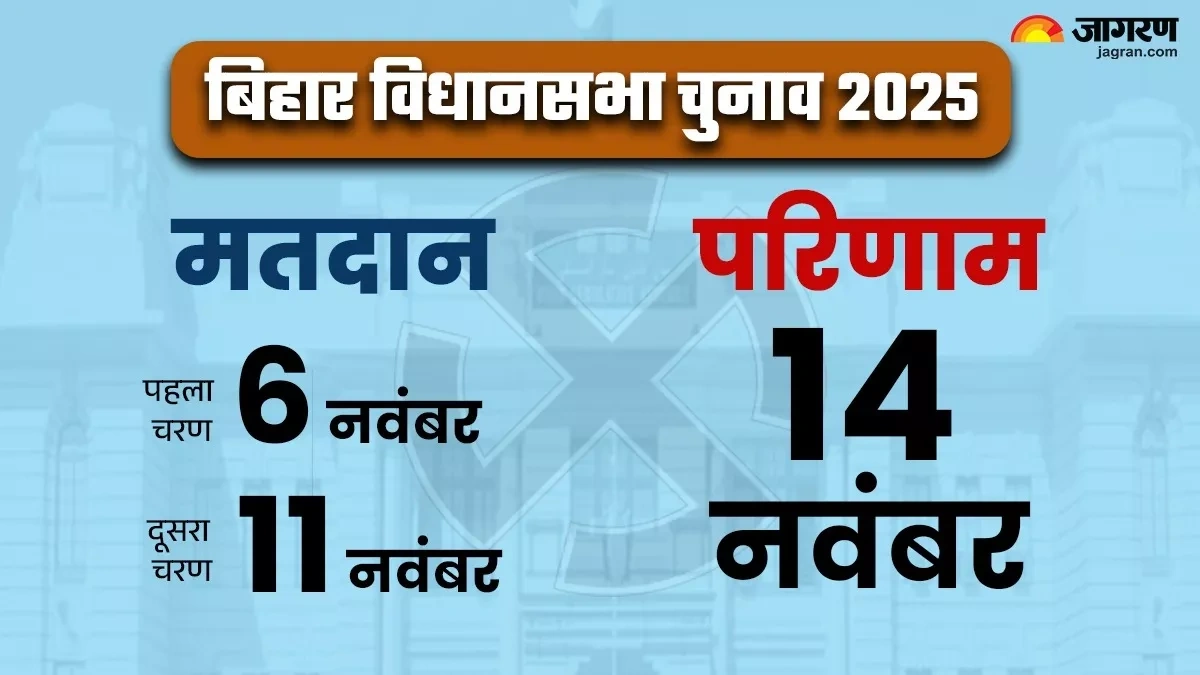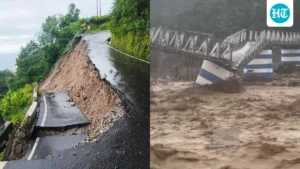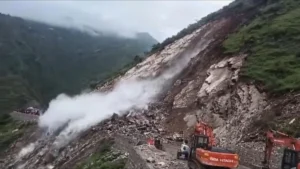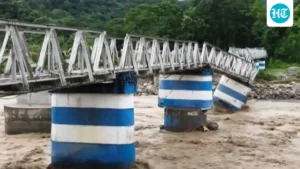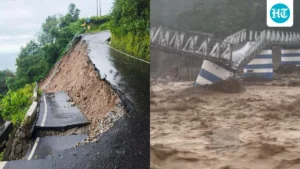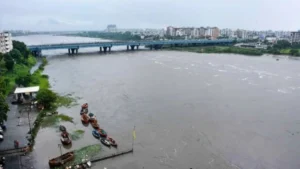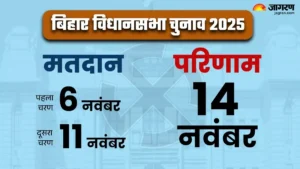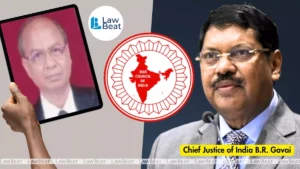Sir Creek | Why This Tiny Strip of Land Still Matters to India and Pakistan
Sir Creek. It sounds like something out of a spy novel, doesn’t it? A murky, disputed waterway, barely 96 km long, that snakes its way through the marshy lands between India and Pakistan. But here’s the thing: this isn’t just about a line on a map. It’s about history, resources, and the complex relationship between two nations. Let’s dive in – because frankly, it’s more interesting than you might think.
The Heart of the Matter | What’s the Fuss About?
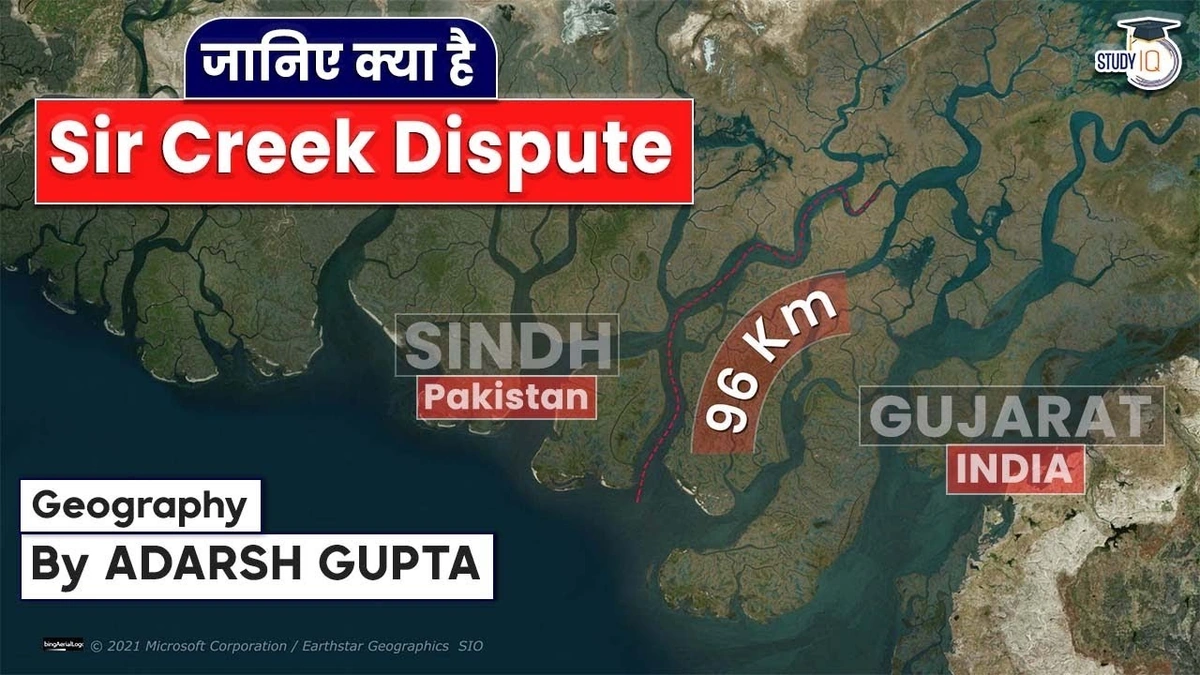
So, why all the drama over a seemingly insignificant creek? Well, it boils down to the maritime boundary. The core dispute revolves around the interpretation of the 1914 Bombay Government Resolution, which demarcated the boundary between Sindh (then part of British India, now Pakistan) and Kutch (then a princely state, now part of India). India claims the boundary lies mid-channel, according to the Thalweg Principle, which would give it control over the entire creek. Pakistan, however, claims the boundary lies along the eastern bank, effectively handing over the entire waterway to them.
The implications are huge. Control over Sir Creek isn’t just about bragging rights. It is also about maritime boundaries and access to potential oil and gas reserves in the Arabian Sea. Plus, fishing rights are at stake, impacting the livelihoods of thousands of fishermen on both sides. A common mistake I see is people assuming this is just a political game – but it has real-world consequences for coastal communities.
A Tangled History | From British India to Modern Disputes
Let’s rewind a bit. The roots of the Sir Creek dispute lie in the colonial era. The 1914 Bombay Government Resolution, intended to settle the boundary, ironically became the source of contention. Ambiguities in the wording and differing interpretations have fueled disagreements ever since. What fascinates me is how a document designed to create clarity has instead created decades of conflict.
After the partition of India in 1947, the dispute continued. Several attempts have been made to resolve the issue through negotiations, but a mutually agreeable solution remains elusive. Here’s the thing – it’s not just about what’s written on paper; it’s about historical claims, strategic interests, and national pride. Understand more about geopolitics.
The Economic Angle | Resources and Livelihoods
Beyond the geopolitical posturing, there’s a significant economic dimension to the Sir Creek dispute. The region is believed to be rich in oil and gas reserves. Control over the creek would give a nation exclusive rights to explore and exploit these resources. And let’s be honest: in a world increasingly reliant on energy, that’s a pretty big deal.
But it’s not just about potential riches. The creek is also a vital fishing ground. For generations, fishermen from both India and Pakistan have relied on its waters for their livelihoods. A resolution to the dispute needs to consider the needs and rights of these communities, ensuring that they can continue to fish sustainably without facing harassment or displacement. According to Wikipedia , it’s more complex than it seems. The economic angle affects so many lives, it goes well beyond the energy sector.
Why This Matters to You (Even If You Don’t Live Near the Creek)
Okay, so you might be thinking, “Why should I care about some muddy creek thousands of kilometers away?” Well, the Sir Creek dispute is a microcosm of the larger India-Pakistan relationship – a relationship that has significant implications for regional stability and global security. Any escalation in the dispute could have far-reaching consequences.
Furthermore, the way this dispute is handled could set a precedent for resolving other border disputes around the world. If India and Pakistan can find a peaceful and mutually agreeable solution, it would send a powerful message that diplomacy and dialogue can prevail over conflict and confrontation. What fascinates me is how a local issue can ripple outwards.
Finding a Way Forward | The Path to Resolution
So, what’s the solution? It’s not easy, but it’s not impossible either. Both sides need to be willing to compromise and to consider the legitimate concerns of the other. Some possible solutions include:
- Joint management of the creek, allowing both countries to share in its resources and benefits.
- Demarcating the boundary based on a mutually agreed-upon interpretation of the 1914 Resolution.
- Referring the dispute to international arbitration.
But the most important thing is to keep talking. Dialogue is the key to building trust and finding common ground. The one thing you absolutely must remember is that there’s a human element involved. It’s a conflict that needs human-led solutions. It is about lives, resources, and the future of two nations.
Political solutions are complex.
FAQ About the Sir Creek Dispute
Frequently Asked Questions
What is the Thalweg Principle?
The Thalweg Principle states that a boundary between two states that is defined by a navigable river follows the center of the river’s main channel.
What are the economic implications of the Sir Creek dispute?
The region is believed to be rich in oil and gas reserves, and the creek is a vital fishing ground. Control over the creek would give a nation exclusive rights to these resources.
What is the Bombay Government Resolution of 1914?
It was a document intended to demarcate the boundary between Sindh and Kutch, but ambiguities in its wording have fueled the Sir Creek dispute.
What are some possible solutions to the Sir Creek dispute?
Joint management of the creek, demarcating the boundary based on a mutually agreed-upon interpretation of the 1914 Resolution, or referring the dispute to international arbitration.
Why is the Sir Creek dispute important for regional stability?
The Sir Creek dispute is a microcosm of the larger India-Pakistan relationship, and any escalation could have far-reaching consequences for regional stability and global security.
Ultimately, resolving the Sir Creek dispute requires political will, diplomatic finesse, and a genuine commitment to peace. It’s a complex challenge, but one that must be addressed for the sake of regional stability and the well-being of the communities that depend on the creek’s resources. And that’s why, even though it’s just a tiny strip of land, it matters more than most people realize. The India Pakistan relation is complex.
